Eastern Europe remains one of the continent’s most rewarding regions for travelers seeking authentic experiences away from overwhelming tourist crowds. While Western European capitals often dominate vacation itineraries, their eastern counterparts offer remarkable architecture, rich history, and vibrant culture at a fraction of the cost.
These cities preserve their distinct character while evolving into modern European destinations. Here is a list of 20 Eastern European cities that deserve your attention for your next European adventure.
Kraków, Poland

Kraków escaped World War II with its medieval core largely intact, preserving seven centuries of architecture in one walkable city center. The main square, Rynek Główny, ranks among Europe’s largest medieval plazas and buzzes with street performers, cafés, and the hourly trumpet call from St. Mary’s Basilica.
Underground passages beneath the square house a fascinating museum chronicling the city’s development from early settlements to a medieval trading powerhouse.
Ljubljana, Slovenia

Slovenia’s capital feels like a secret Europeans have kept to themselves. The emerald Ljubljanica River winds through a pedestrian-friendly center where cafés spill onto cobblestone streets beneath the watchful gaze of a medieval castle. The city’s small size belies its architectural richness, with buildings ranging from Baroque to Art Nouveau to the playful creations of native architect Jože Plečnik.
Remarkably, green initiatives have transformed the once traffic-clogged center into one of Europe’s most livable urban spaces.
Like Travel Pug’s content? Follow us on MSN.
Tallinn, Estonia
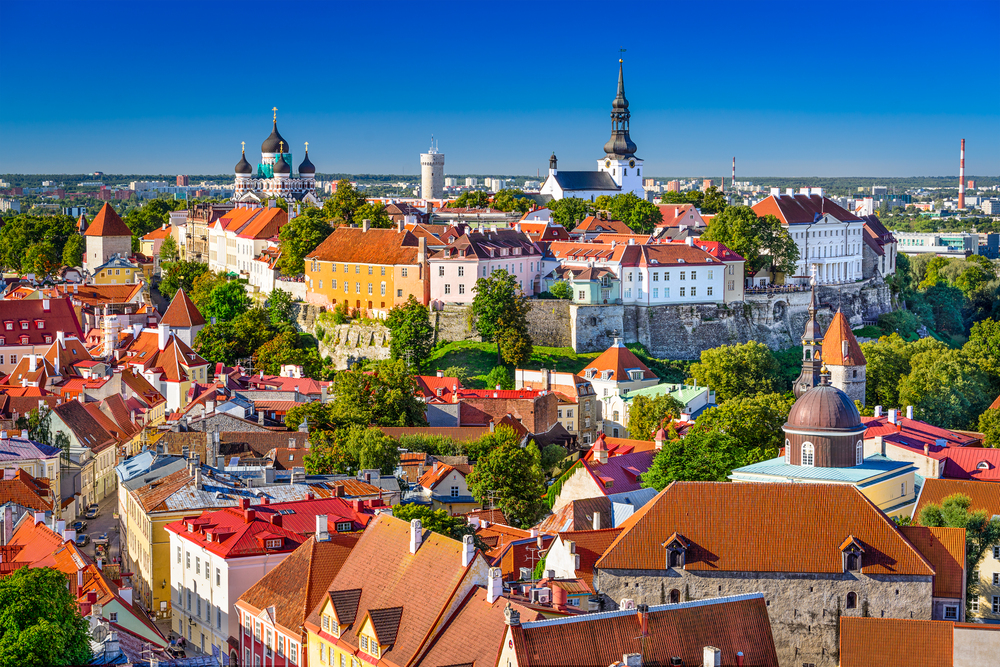
The Estonian capital’s remarkably preserved medieval Old Town transports visitors centuries back while its innovative tech sector propels the country forward. Ancient defensive walls and towers encircle narrow streets where merchant houses from the Hanseatic League still stand.
Just minutes away, the Telliskivi Creative City showcases Estonia’s forward-thinking attitude with start-up hubs, design shops, and cultural venues in converted industrial buildings.
Belgrade, Serbia

Serbia’s capital exudes resilient energy following a turbulent recent history. The confluence of the Sava and Danube rivers cradles a fortress that has witnessed 2,000 years of conquests, while brutalist Yugoslav-era buildings stand alongside Orthodox churches and Ottoman remnants.
The Savamala district exemplifies Belgrade’s reinvention through creative reuse of neglected spaces into galleries, nightclubs, and cultural centers that fuel the city’s legendary nightlife scene.
Plovdiv, Bulgaria
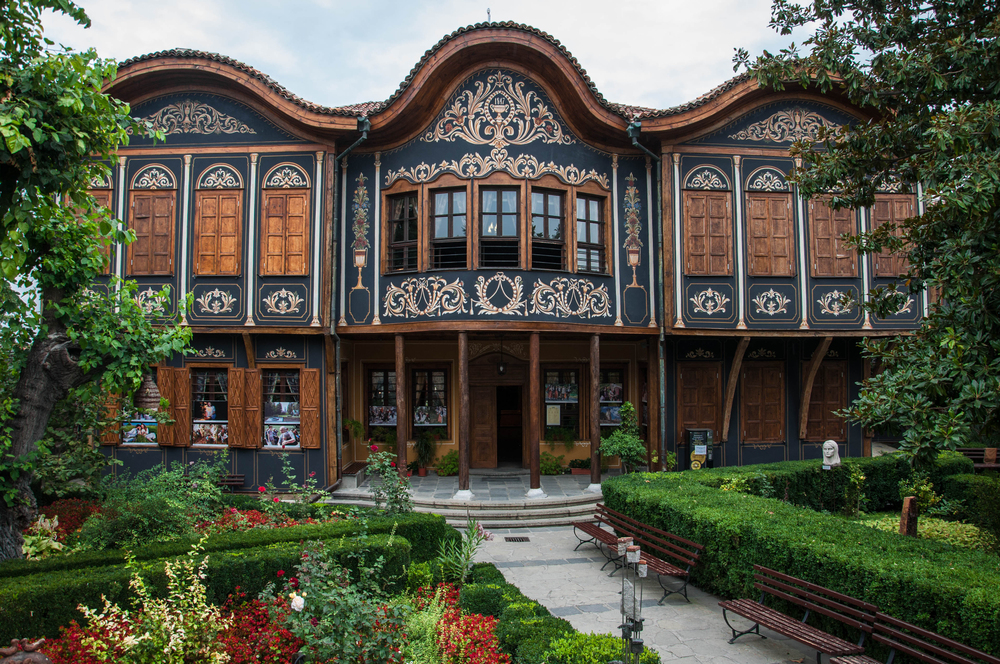
Europe’s oldest continuously inhabited city spreads across six hills, where ancient Roman amphitheaters host summer concerts beneath starry skies. The cobblestone streets of Old Town wind past colorful National Revival houses with overhanging upper floors, creating shaded passages below.
Kapana, the former craftsmen’s quarter, has transformed into a bohemian neighborhood where street art brightens building facades and creative businesses occupy spaces where traditional trades once thrived.
Like Travel Pug’s content? Follow us on MSN.
Lviv, Ukraine

Western Ukraine’s cultural capital survived Soviet times with its Habsburg-era charm remarkably intact. The UNESCO-protected center displays a harmonious mix of Renaissance, Baroque, and Art Nouveau buildings surrounding Rynok Square. Local chocolate workshops, craft coffee roasters, and themed restaurants celebrate Lvivian traditions with creative twists.
The city’s strong intellectual heritage lives on in numerous universities, bookshops, and literary cafés where ideas flow as freely as the local beer.
Brasov, Romania
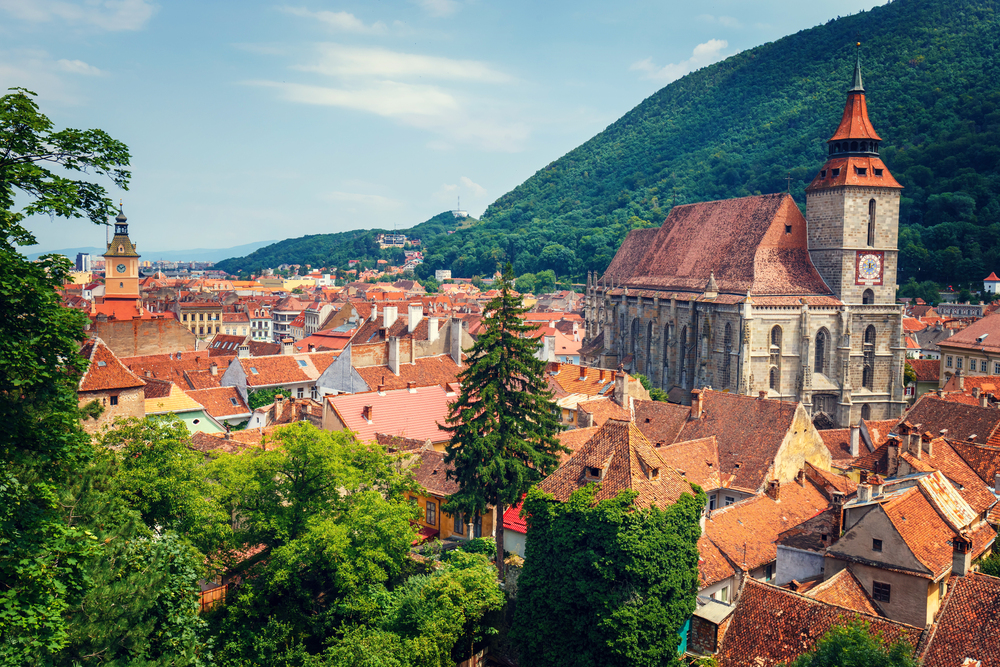
This Transylvanian gem sits in a valley surrounded by the Carpathian Mountains, with medieval walls partially encircling a well-preserved Old Town. The Black Church—the largest Gothic church between Vienna and Istanbul—dominates the cityscape, while a Hollywood-style “BRASOV” sign on nearby Tampa Mountain adds a touch of modern whimsy.
The city is an ideal base for exploring Dracula’s Castle and other fortified churches scattered throughout the region.
Kotor, Montenegro

Dramatically situated at the end of southern Europe’s deepest fjord, Kotor’s medieval Old Town is sheltered by mountains and impressive Venetian fortifications. Narrow marble lanes open onto intimate squares where cats—the unofficial symbol of Kotor—lounge near Orthodox and Catholic churches that reflect centuries of cultural exchange.
The ambitious can climb 1,350 steps up the city walls for panoramic views of the bay glittering like polished sapphire below.
Like Travel Pug’s content? Follow us on MSN.
Vilnius, Lithuania

Lithuania’s capital surprises visitors with its baroque splendor and bohemian spirit. The city boasts Eastern Europe’s largest surviving medieval Old Town, where amber shops and hidden courtyards reveal themselves to curious explorers.
Užupis, a quirky neighborhood that playfully declared itself an independent republic, embodies the creative energy that followed Lithuanian independence, with its constitution celebrating personal freedom and artistic expression.
Split, Croatia

Roman Emperor Diocletian’s massive retirement palace forms the core of Split’s Old Town, where locals have adapted ancient structures into homes, shops, and cafes over 1,700 years of continuous habitation. The white stone walls glow golden in the afternoon sun as residents go about daily life amid some of the best-preserved Roman architecture in the world.
The seafront Riva promenade serves as the city’s living room, where locals gather for coffee rituals with views across the Adriatic.
Riga, Latvia

The Latvian capital contains the world’s finest collection of Art Nouveau buildings, their facades adorned with mythological creatures, flowing botanical forms, and expressive faces. The medieval Old Town earned UNESCO recognition for its historic significance, while wooden houses in the Āgenskalns neighborhood preserve traditional Baltic building techniques.
Soviet-era vestiges like the imposing Academy of Sciences building (locally nicknamed ‘Stalin’s birthday cake’) add architectural contrast to this Baltic gem.
Like Travel Pug’s content? Follow us on MSN.
Budapest, Hungary

Straddling the Danube River, Hungary’s capital combines the hilly, residential Buda with the commercial energy of flat Pest. The neo-Gothic Parliament building dominates the riverbank with its impressive silhouette, while Buda Castle watches over the city from its elevated perch across the water.
Beyond the postcard views, districts like the Jewish Quarter-turned-nightlife hub District VII reveal Budapest’s talent for adaptive reuse, with abandoned buildings transformed into “ruin bars” decorated with eclectic found objects.
Český Krumlov, Czech Republic

This fairytale town in southern Bohemia curves along the Vltava River beneath a massive castle complex second in size only to Prague Castle. Renaissance and baroque buildings cluster around winding cobblestone streets that occasionally open into small squares perfect for sampling Czech pilsner.
The town’s remarkably intact medieval layout results from centuries of economic stagnation—poverty ironically preserved architectural treasures that now attract visitors worldwide.
Gdańsk, Poland
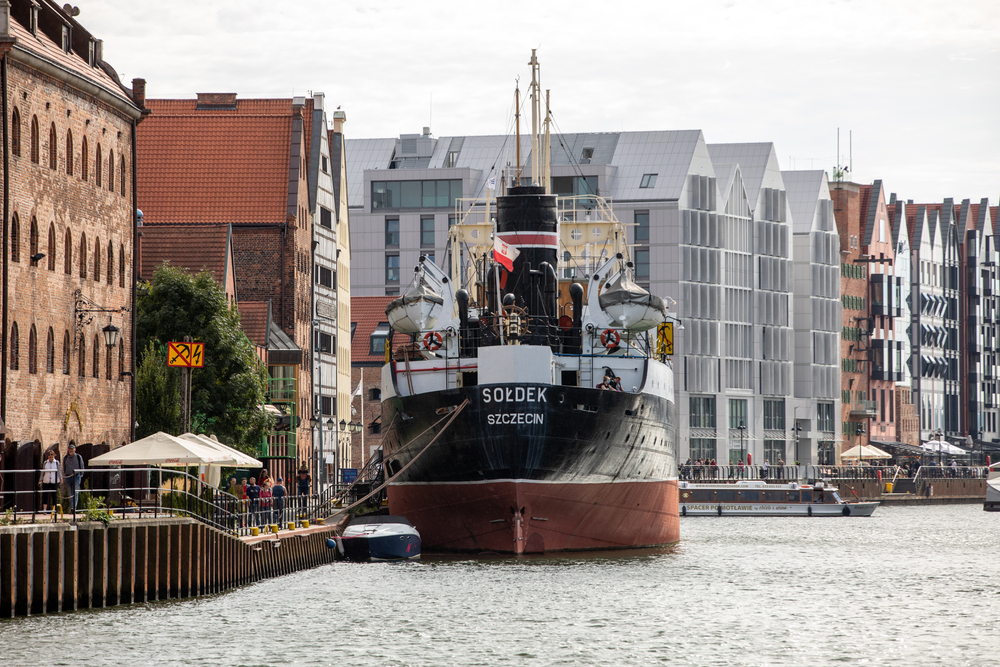
This Baltic port city’s distinctive architectural character comes from its history as a wealthy trading center where Dutch, German, and Polish influences merged into a unique urban landscape. Meticulously reconstructed after WWII devastation, the Main Town features stepped-gable merchant houses lining streets that lead to the medieval harbor crane on the Motława River.
The city’s shipyards witnessed the birth of the Solidarity movement that helped end Communist rule in Eastern Europe, adding profound historical significance to its aesthetic appeal.
Like Travel Pug’s content? Follow us on MSN.
Sofia, Bulgaria
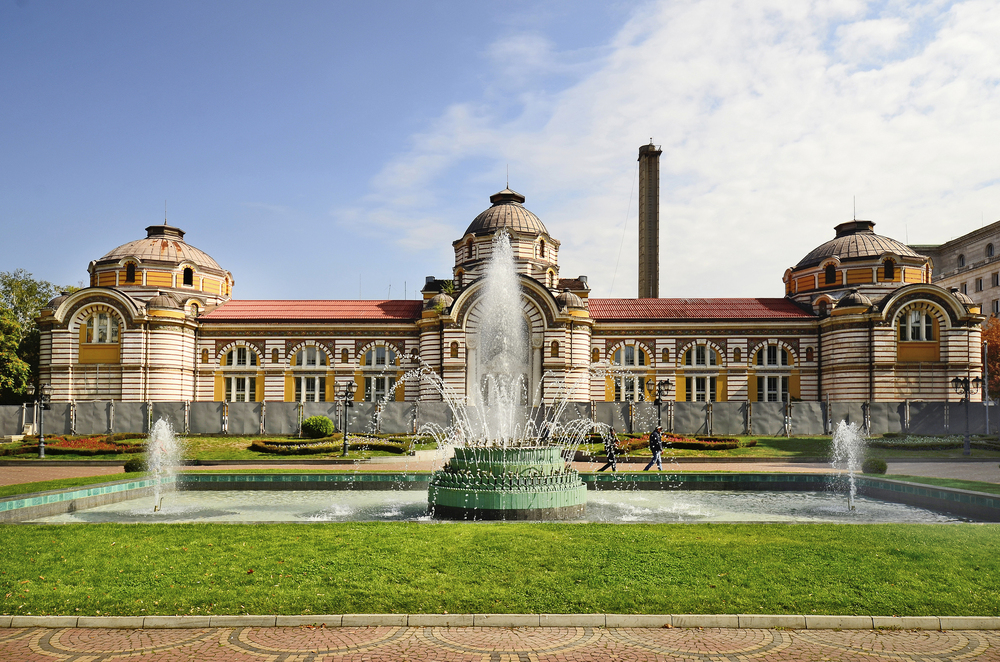
Bulgaria’s capital reveals layers of history through architectural remnants spanning 2,000 years, from Roman ruins to Orthodox churches to stark Socialist monuments. Yellow brick roads in the city center lead past the impressive Alexander Nevsky Cathedral, whose golden domes shimmer against the backdrop of the snowcapped Vitosha Mountain.
Sofia’s relaxed pace and café culture encourage visitors to linger in tree-filled parks or mineral water springs that have attracted settlers since Thracian times.
Skopje, Macedonia
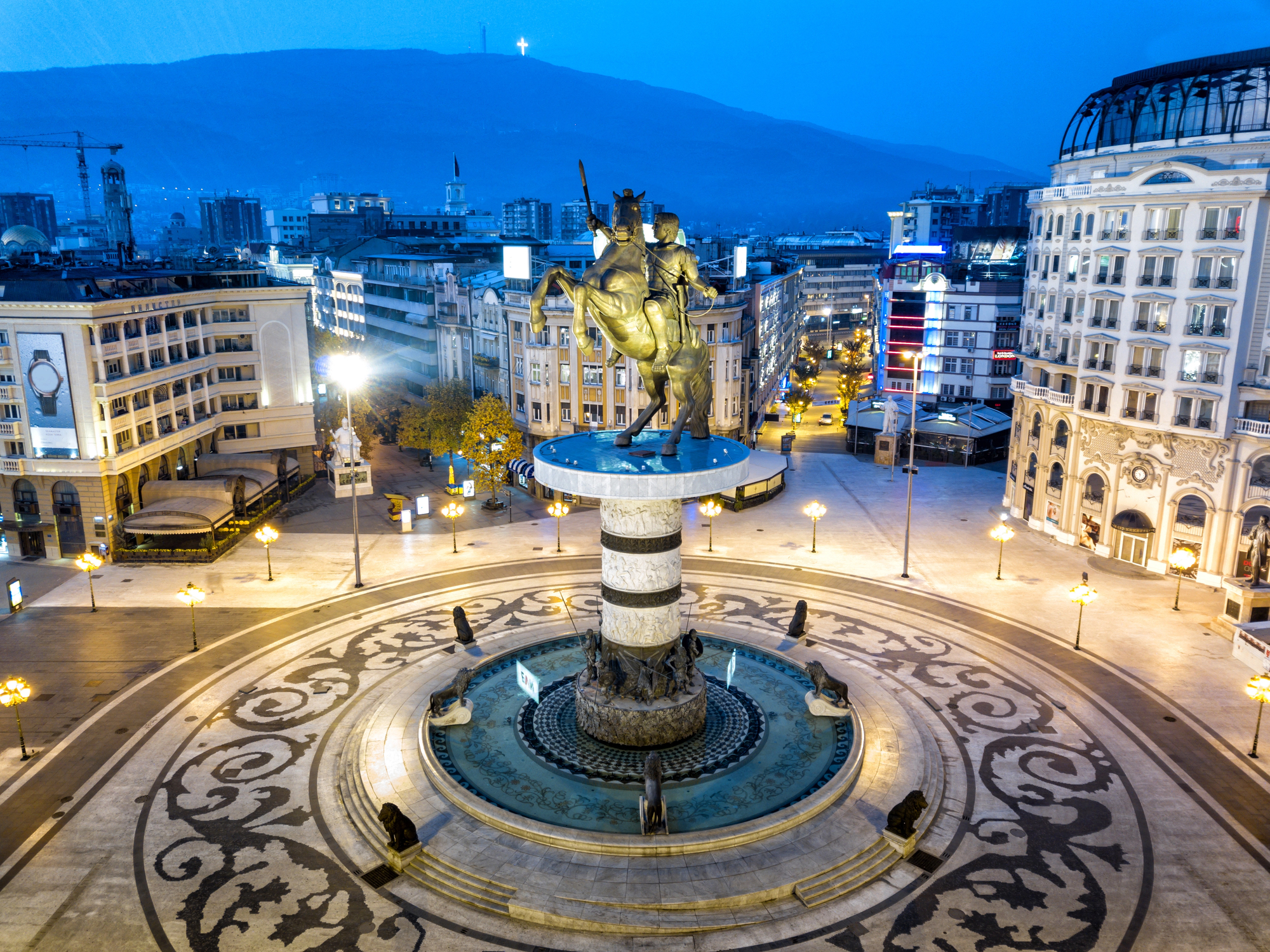
Macedonia’s capital underwent a controversial architectural transformation that added dozens of neoclassical buildings and monuments to its cityscape within the past decade. This unusual urban experiment contrasts sharply with the authentic Ottoman-era Old Bazaar across the Stone Bridge.
The contradictions between ancient and artificially aged make Skopje one of Eastern Europe’s most peculiar and fascinating capitals to explore.
Wrocław, Poland

Four rivers divide this western Polish city into 12 islands connected by over 100 bridges, creating distinctive neighborhoods with their character. The Market Square features colorful burgher houses surrounding one of Poland’s finest Gothic town halls, while a network of gas lamps still illuminates the cathedral island.
Wrocław embraces whimsy through its official mascots—over 600 small bronze gnome statues scattered throughout the city, each representing an aspect of daily life or local history.
Like Travel Pug’s content? Follow us on MSN.
Sibiu, Romania
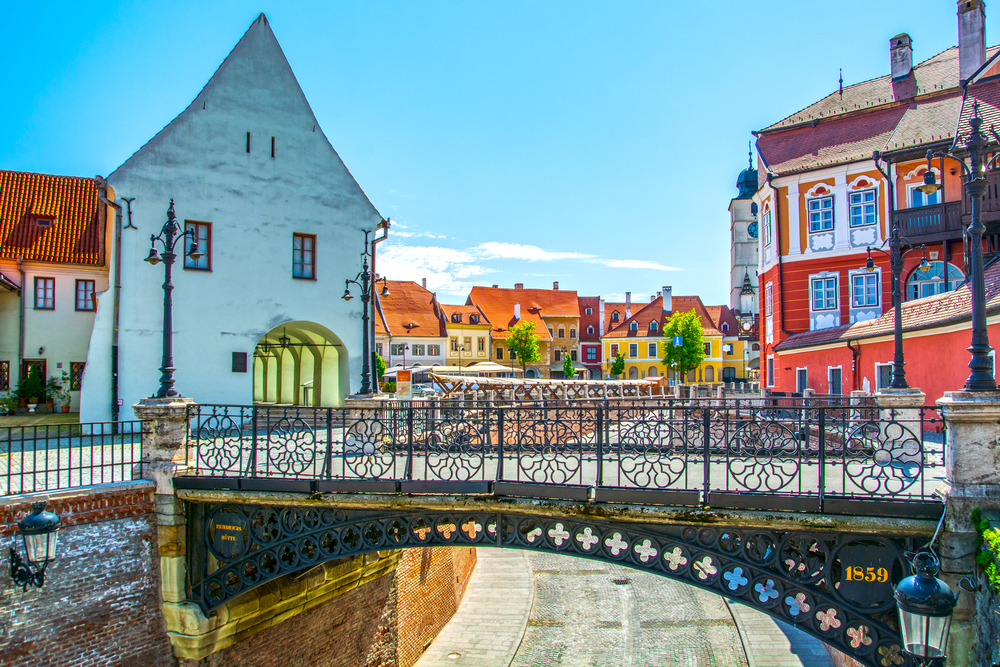
This Transylvanian city’s medieval center creates an immediate impression with houses featuring distinctive eyelid-shaped windows that seem to watch visitors exploring the cobblestone streets. Three interconnected squares form the heart of the upper town, surrounded by well-preserved fortifications that once protected German settlers who established the city in the 12th century.
The annual international theater festival transforms Sibiu into Romania’s cultural capital each summer, filling historic spaces with contemporary artistic energy.
Zagreb, Croatia

Croatia’s capital perfectly blends Austro-Hungarian elegance and Mediterranean atmosphere away from coastal crowds. The upper town preserves medieval streets illuminated by gas lamps around St. Mark’s Church, with its distinctive tiled roof displaying national symbols.
The Dolac market brings rural produce to the urban center daily, with vendors in traditional dress selling cheeses, meats, and vegetables beneath a sea of red umbrellas.
Tbilisi, Georgia
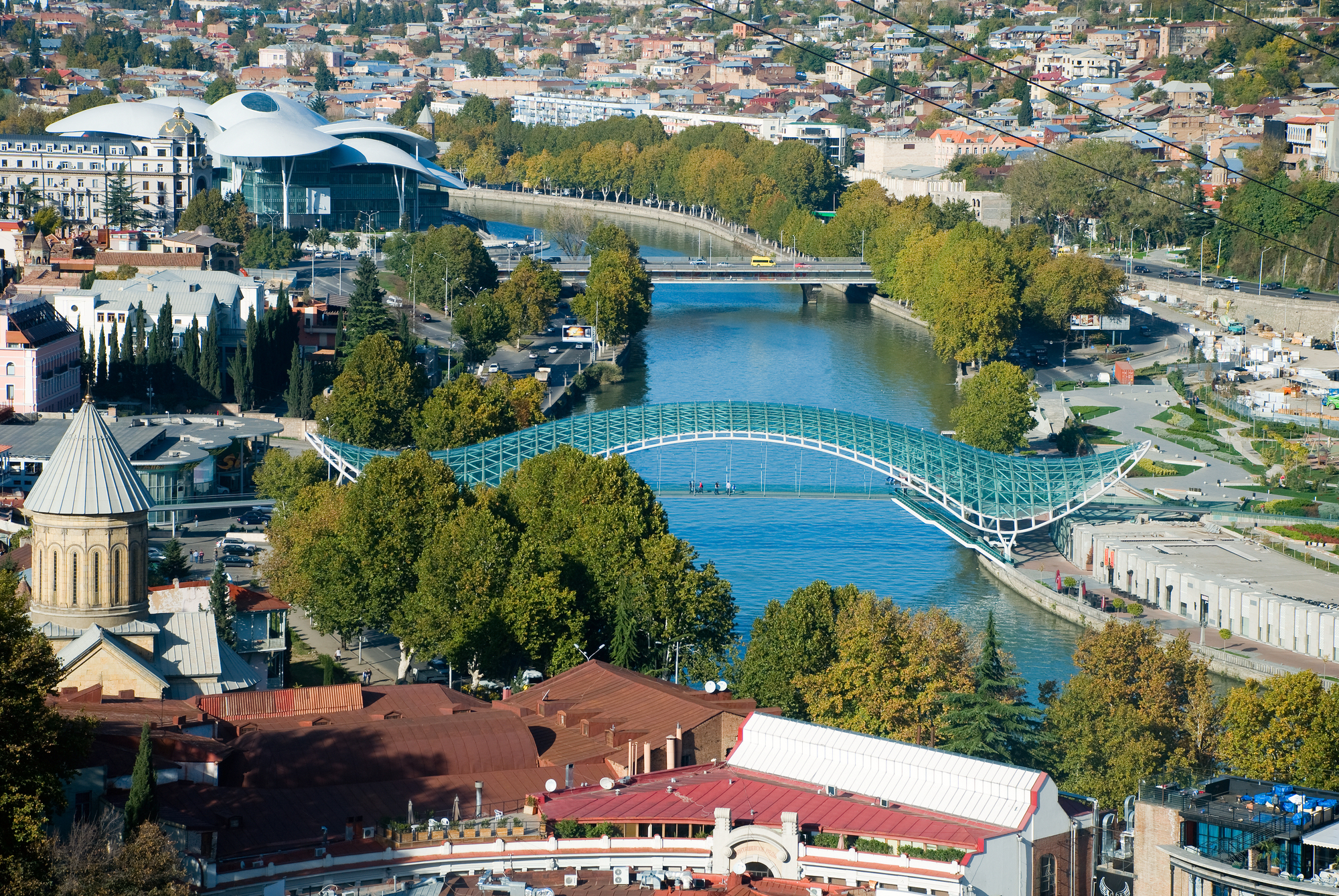
Straddling the geographic boundary between Europe and Asia, Georgia’s capital offers a compelling blend of both worlds beneath steep hillsides along the Mtkvari River. Ancient sulfur baths with brick domes and traditional wooden houses with intricately carved balconies are neighbors in the Old Town.
The city embraces striking contemporary architecture alongside its historic core, with the bow-shaped Peace Bridge and tube-like Exhibition Hall representing Georgia’s westward aspirations.
Like Travel Pug’s content? Follow us on MSN.
Eastern Europe’s Renaissance

These twenty cities represent a region’s remarkable diversity and resilience that have transformed itself since emerging from behind the Iron Curtain. Their increasing popularity stems not from manufactured tourist experiences but from authentic urban environments where visitors can witness European history, architecture, and culture without Western Europe’s crowds and prices.
As these cities continue balancing preservation with forward momentum, they offer travelers the increasingly rare opportunity to feel like discoverers rather than just another face in the tourist crowd.
More from Travel Pug

- Cities Growing so Fast You Won’t Recognize Them in 10 Years
- 13 Destinations Where Tourists Regularly Regret Their Trip
- 16 U.S. Cities That Are Quietly Becoming Travel Hotspots
- Where to Travel If You Love Long Bus Rides and Daydreams
- 20 Cities Perfect for Solo Travelers Who Crave Adventure & Culture
Like Travel Pug’s content? Follow us on MSN.
